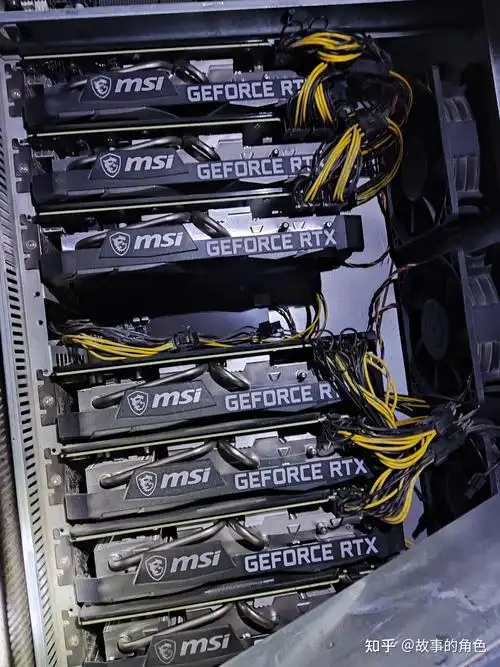In the ever-evolving landscape of cryptocurrency, the advent of ASIC (Application-Specific Integrated Circuit) miners has revolutionized how enthusiasts engage with Bitcoin and other digital currencies. These powerful machines, specifically designed to optimize cryptocurrency mining, give their users a competitive edge but come with their own set of challenges. As miners rely heavily on these intricate devices, understanding the nuances of their repair and maintenance becomes paramount in ensuring continued profitability in a volatile market.

The frenetic pace of cryptocurrency mining necessitates that miners remain astutely aware of the factors facilitating optimal operation. Environmental conditions, software updates, and regular check-ups play a critical role in a miner’s success. A nuanced understanding of how various components interact can mitigate the risk of downtime, which could lead to significant financial loss. Hence, establishing a meticulous routine centered around the health of your mining rig stands as one of the most effective strategies for longevity and profitability.
One primary consideration is the cooling system deployed within the mining machines. ASIC miners can generate immense heat during operation, which if unchecked, can lead to thermal throttling and even hardware failure. Implementing advanced cooling mechanisms, like liquid cooling or high-efficiency fans can vastly improve performance and extend the lifespan of these machines. This approach is crucial for Bitcoin miners but also applies to mining operations engaged with altcoins such as Ethereum (ETH) and Dogecoin (DOG).

But the story doesn’t end with cooling. Another significant factor is the software that runs on these machines. Firmware updates can introduce critical performance improvements or bug fixes that enhance your mining rig’s efficiency. Regularly updating software not only safeguards miners from vulnerabilities but also ensures they harness every bit of processing power to maximize their yield. For miners dealing with multiple currencies or running large mining farms, this step cannot be underestimated.
Additionally, one must consider the aspect of hardware repairs and retrofitting. While ASIC miners are designed for longevity, they are not immune to breakdowns. Understanding the most common points of failure can save considerable time and resources. Parts such as power supplies, fans, and mining chips need to be easily accessible, and miners should arm themselves with the necessary tools and knowledge to replace them when the need arises. For instance, keeping an inventory of essential spare parts can create a safety net, ensuring that miners can respond swiftly to any hardware failure.
Hosting services for mining rigs have also surged in popularity, allowing miners to bypass some of the challenges of setting up and maintaining their own farms. These facilities provide high-security environments, robust networking capabilities, and professional maintenance services. This strategy not only frees up space but also leverages economies of scale, enabling miners to access more resources than they may have at home. Miners looking to expand their operations might find hosting as a compelling solution that maximizes ROI while mitigating risk.

Moreover, the rise of decentralized exchanges (DEX) and liquidity pools has further invigorated the landscape of cryptocurrency trading. Miners often engage with these platforms not just for trading their mined assets but also for exploring staking opportunities, which can yield additional income streams. A keen awareness of these platforms, coupled with strategic investments, can complement the income generated from mining operations and provide a safety cushion against fluctuating market prices.
Lastly, as we delve deeper into the world of cryptocurrencies, the underlying technology also must be embraced. The blockchain technology framing assets like Bitcoin, Ether (ETH), and Dogecoin is not merely a medium for transaction; it’s a robust network that fosters innovation and enables decentralized finance (DeFi) ecosystems. Miners need to become proficient in understanding this technology, as doing so paves the way for recognizing profitable ventures or emerging currencies that could redefine mining dynamics.
The confluence of these elements—proper maintenance of ASIC hardware, effective cooling solutions, software updates, understanding repair processes, and embracing hosting options—forms the backbone of a miner’s strategy in the cryptocurrency realm. As the digital age continues to traverse new paths of innovation, the miners that adapt and refine their strategies will undoubtedly thrive, generating wealth and supporting the decentralized future of finance.